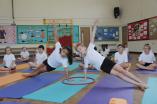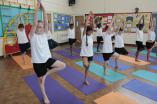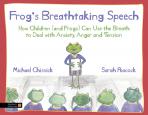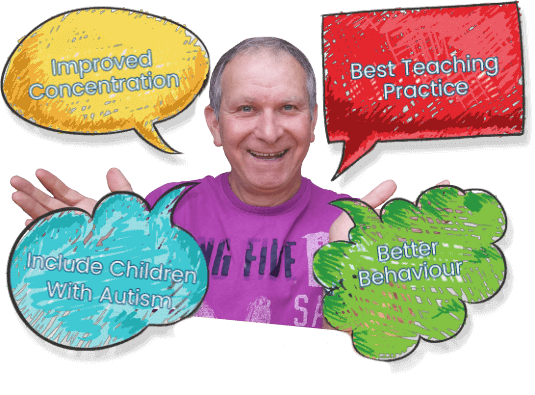Can Yoga Change a Pupil's Behaviour ?

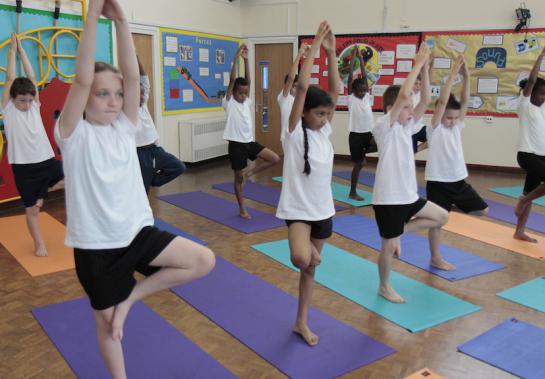
Introduction
In the following case study you can read how 'Sinclair's behaviour improved significantly because of his success in the yoga lessons over two terms. The plan, to teach challenging postures with aspects of social & emotional of learning at the core of the programme, helped change Sinclair's attitude and behaviour.
Is this scenario familiar?
'Sinclair' was a Year 4 pupil child in a primary school where I was asked to deliver yoga for a year. His class teacher described him as having a low self image, often moody, with a short attention span; often disrupting the class with silly noises or swearing. Sinclair was aggressive to other children and found group work difficult. On the positive side Sinclair enjoyed PE, loved football, was sharp and incredibly flexible.
My Main Focus
Whilst I am a specialist children's yoga teacher, the main focus of my work with children centres on the social and emotional aspects of learning. I teach whole class and everyone is included. The foremost aim in every lesson is to enhance children's self esteem. Other benefits like improved flexibility, fitness, better concentration and calmness, for example, are natural when you practice yoga, yet combined with the emphasis on the aspects of social and emotional learning contribute to a powerful increase in the child's sense self worth.
Aims for Sinclair
Sinclair's Class Teacher and I decided that our aims would be to:
Improve Sinclair's self esteemEncourage Sinclair to be a role modelImprove Sinclair's group communication skills
We made it clear that we were looking to reward group skills which included listening and making decisions. Above all there was an emphasis on group members helping each other in a kind and encouraging way.
We had given some input on how to change an aspect of the posture in an encouraging way, and Sinclair learnt and applied these skills with ease and a gentleness that his teacher had not seen before. He was also very keen to be the group spokesperson, yet gradually, over time, he more readily agreed to let someone else have a turn.
Sinclair the Star at Home and at School
Sinclair performed the most challenging postures to whole school at two achievement assemblies, where he was encouraged to explain how yoga had helped him to be calmer and more focused. We also discovered that his family eagerly awaited his return from school on yoga day when he would teach them new postures and play yoga games with his two brothers.
Certificates and stickers
Sinclair worked hard to get the special certificates that were awarded to children who could show:
Good listening skills to teachers and childrenHow to help other children in group workImproved behaviour
He also earned his fair share of stickers for good listening, learning to be still in calming postures and games and relaxation, as well as increasing concentration and being well mannered.
Summary
The combination of our behavioural approach and the yoga improved Sinclair's self esteem and consequently improved his behaviour because:
He experienced a great sense of success in the yogaThe calming and relaxation aspects of the lesson gave him experiences that helped him feel in controlHe was perceived as an expert by his class and earned their respectHe tried hard to overcome his disruptive behaviours in order to win the special certificates and stickers that were an incentive for him to change.Sinclair's parents were able to celebrate his success at home and give lots of genuine praise.The combined effect of rewards and praise from me, class teacher, peers and parents had a very powerful and positive effect on Sinclair’s self esteem.
Conclusion
This case study is yet another example to support the case for yoga to be taught in schools as part of the integrated school day on an ongoing basis. Clearly, it also shows the importance of placing the social & emotional aspects of learning at the core of the yoga lesson.
(c) Copyright 2017 Michael Chissick & Yoga at School. Not to be reproduced or distributed without permission

